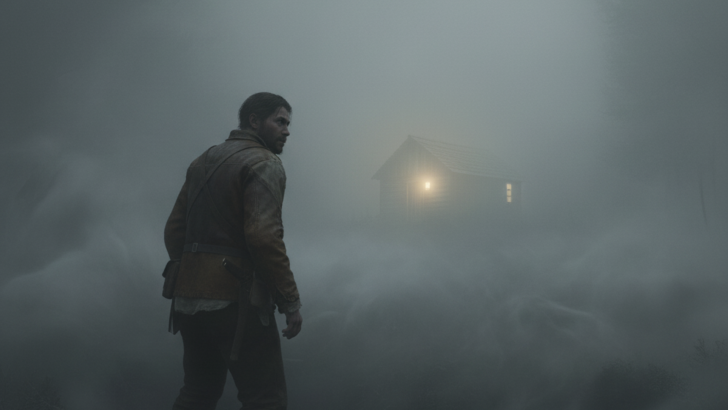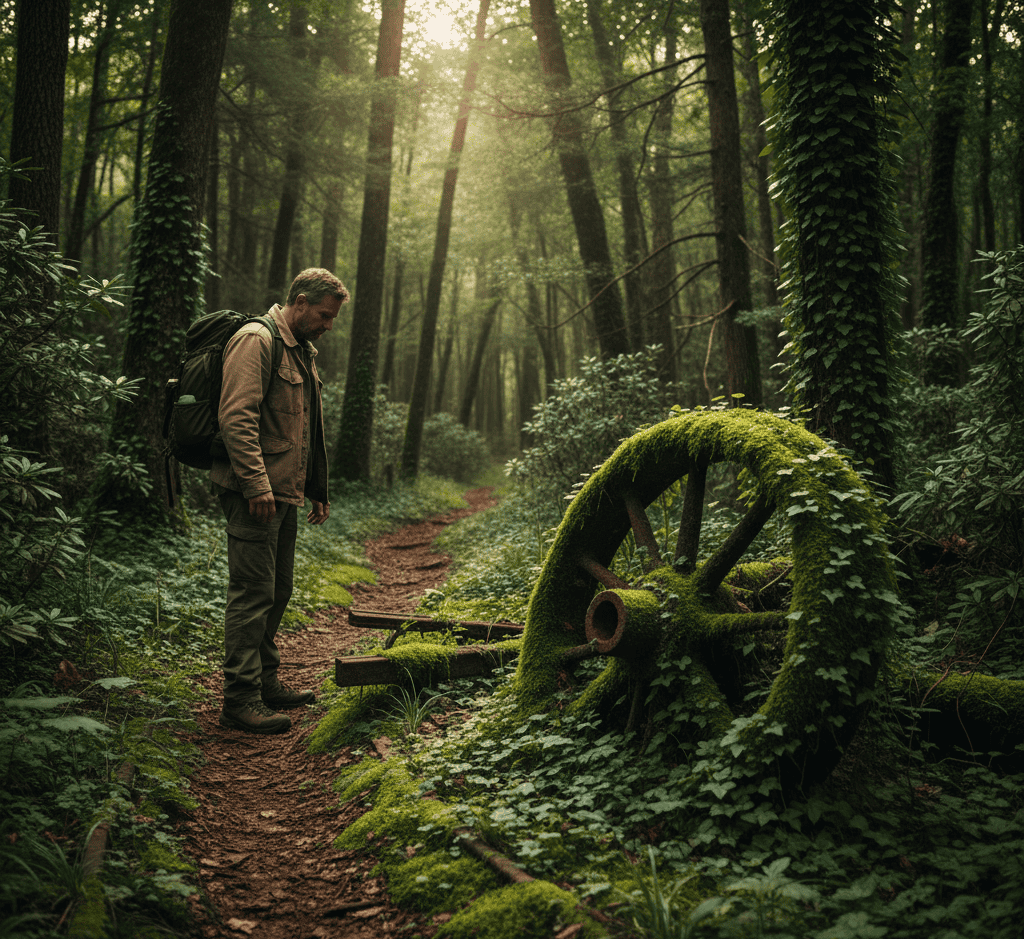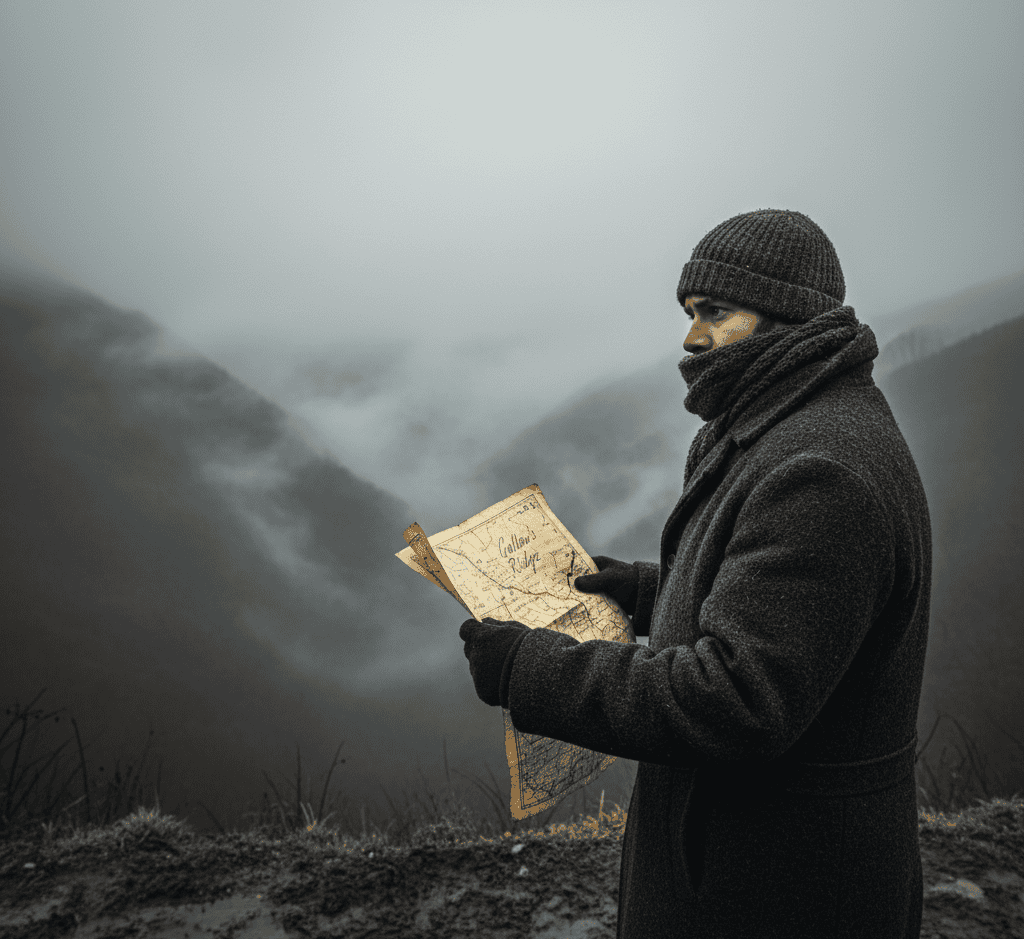High in the mist-laced folds of the Appalachian Mountains, stories whisper of villages that once existed and then were gone.
Not destroyed by disaster, not erased by war, but seemingly swallowed by time and fog. Locals call them “hollows that breathe,” places where light bends strangely and sounds echo from nowhere.
These vanishing settlements, half-remembered in family tales and old maps, blur the line between history and legend.
But were they ever truly there, or are they the ghosts of the land itself?
Whispers in the Fog
The Appalachians are a realm where mist never seems to lift, where valleys cradle silence so deep it feels alive.
For centuries, people have spoken of towns glimpsed only for a moment — clusters of cabins, chimneys smoking, lanterns flickering through the haze.
One of the most famous accounts comes from West Virginia’s remote Monongahela National Forest.
In the 1940s, hunters reported stumbling upon a hamlet of five or six cabins, complete with a small chapel and fields of corn.
When they returned days later, everything had vanished — not decayed, not burned, simply gone.
No foundations, no trails, no evidence of human presence. Even the birds avoided the place.
Locals gave it a name: The Fog Town. Some claimed it appeared only when the valley filled with mist thick enough to blur the treetops.
Others said it was a punishment, a place that reemerges only when the dead call it back.
The Real Disappearances
While the legends sound supernatural, the region’s history holds plenty of genuine disappearances — not of people vanishing into thin air, but of entire communities fading from record.
The Appalachian range was once dotted with hundreds of mining, logging, and rail towns in the 19th and early 20th centuries.
When the coal seams dried up or timber companies left, the towns died almost overnight.
Roads overgrew, post offices closed, and nature swallowed what was left. Over time, many of these places were forgotten, misremembered, or merged with ghost stories.
But it’s the details that keep the myths alive — old maps showing towns that can’t be found anymore, records with missing coordinates, or letters describing a “return to the valley” that no one can locate.
In some counties of Kentucky and Tennessee, elders speak of towns like Dry Hollow, Cinder Gap, or Morning’s Rest, each supposedly once home to hundreds.
Yet, no documentation exists outside oral history. It’s as though these settlements dissolved into the mountain air, their names surviving only on tongues that refuse to let them die.
When Geography Becomes a Spell
There’s something about the Appalachian terrain itself that breeds mystery. Endless folds of hills, sudden drops, and ridges that seem to repeat endlessly, and it’s easy to lose your bearings.
Fog rolls through the valleys like a living thing, concealing landmarks and shifting perception.
Folklorists often say the land acts as a veil, not only between sight and sound but between worlds.
Some local superstitions claim that certain valleys are “thin places,” where reality stretches like fabric, and one can accidentally step through to another time.
Stories tell of travelers who entered such hollows at dusk and emerged hours later to find a century had passed.
Geologists point out that the region’s strange acoustics can distort sound, making one’s own footsteps echo like others walking nearby.
Combine this with isolation, fog, and fear, and a mirage of a distant village becomes easy to believe.
But believers argue the land remembers — that these echoes and shapes are not tricks of the eye, but memories replayed by the earth.
Spirits That Stayed Behind
Appalachian folklore is full of ghosts who refuse to leave their land — miners who still tap from beneath sealed tunnels, widows seen watching from cabin windows, and children laughing in long-collapsed schools.
Some say the “disappearing villages” are not vanishing at all but living in a kind of loop, replaying scenes of daily life as the mist allows.
There’s even a belief that the fog itself carries souls. In parts of western North Carolina, people once refused to whistle during heavy mist, fearing it would “wake the breathers,” spirits that move unseen and follow sound.
They said the fog wasn’t just weather — it was the visible form of those who died on the mountain, passing between the realms.
Mediums and psychics who’ve visited certain hollows describe overwhelming impressions of “echoed energy” — as if the land itself still holds the emotional imprint of communities long gone.
Some report hearing faint hymn-like singing or hammering, despite the nearest town being miles away.
The Vanishing Maps
Perhaps the strangest part of this mystery lies in the maps. Early U.S. Geological Survey documents, miners’ charts, and 19th-century postal maps list towns that modern cartography can’t confirm.
Sometimes, coordinates lead to empty woods. Other times, names seem to have shifted locations — the same town appearing miles away on a later record.
A 1912 railroad map of eastern Kentucky shows a settlement called Gallow’s Ridge, supposedly large enough to support a post office and school.
By the 1930s, the name disappears entirely from all official records. Yet oral histories from nearby towns describe “a place that used to be there,” where travelers occasionally saw lights flickering through the fog as late as the 1960s.
Some researchers suggest the cartographers might have invented names to fill gaps in incomplete surveys.
Others believe the towns existed briefly — construction camps or mining sites that dissolved before permanent recognition.
But those who have walked the ridges at night tell another story: that the villages never left, only slipped sideways in time, visible only to those who aren’t looking for them.
In the Appalachian dawn, where mist wraps around the peaks like ancient breath, reality thins.
Roads that didn’t exist yesterday appear; footsteps echo behind you where no one walks.
Some say these vanishing villages are just tricks of memory and weather. Others swear they’ve seen lanterns in the fog, as if the mountains themselves are calling home those who once lived within them.

Ho sempre sentito una forte connessione con il Divino fin dalla mia nascita. Come autrice e mentore, la mia missione è aiutare gli altri a trovare l'amore, la felicità e la forza interiore nei momenti più bui.






